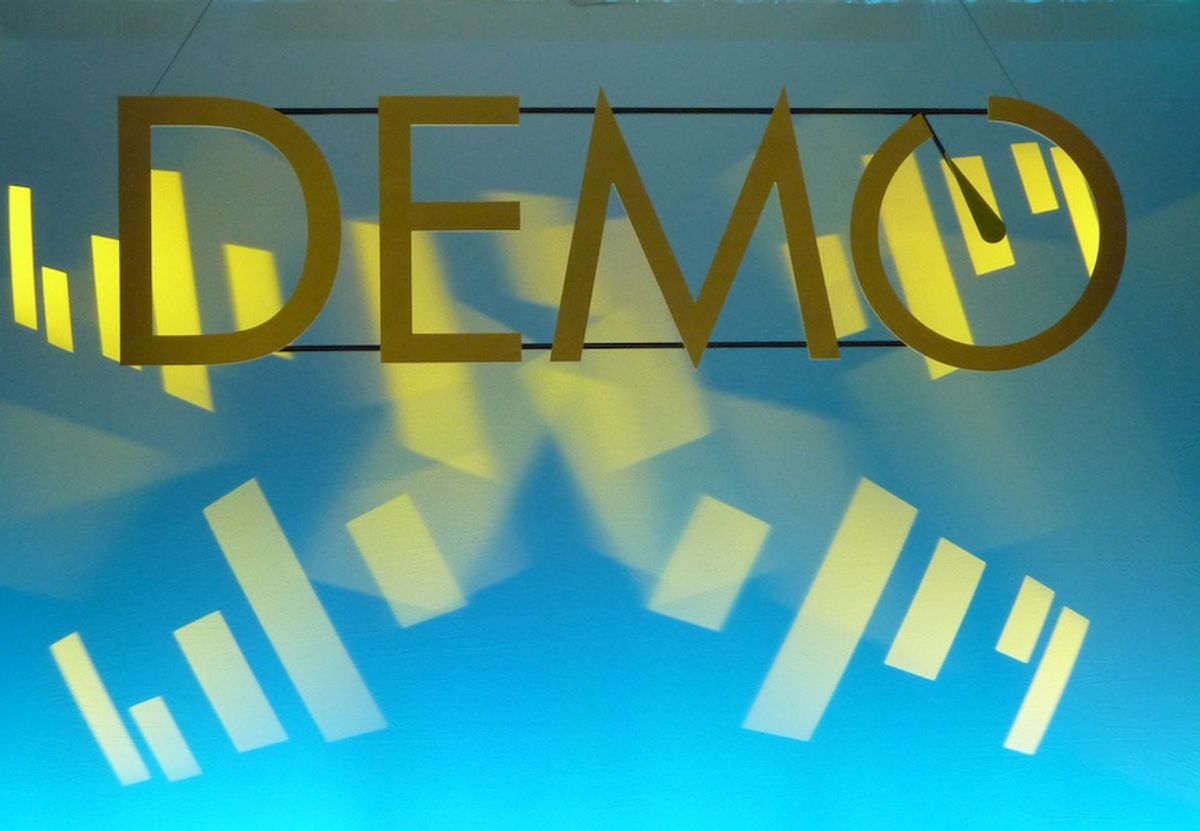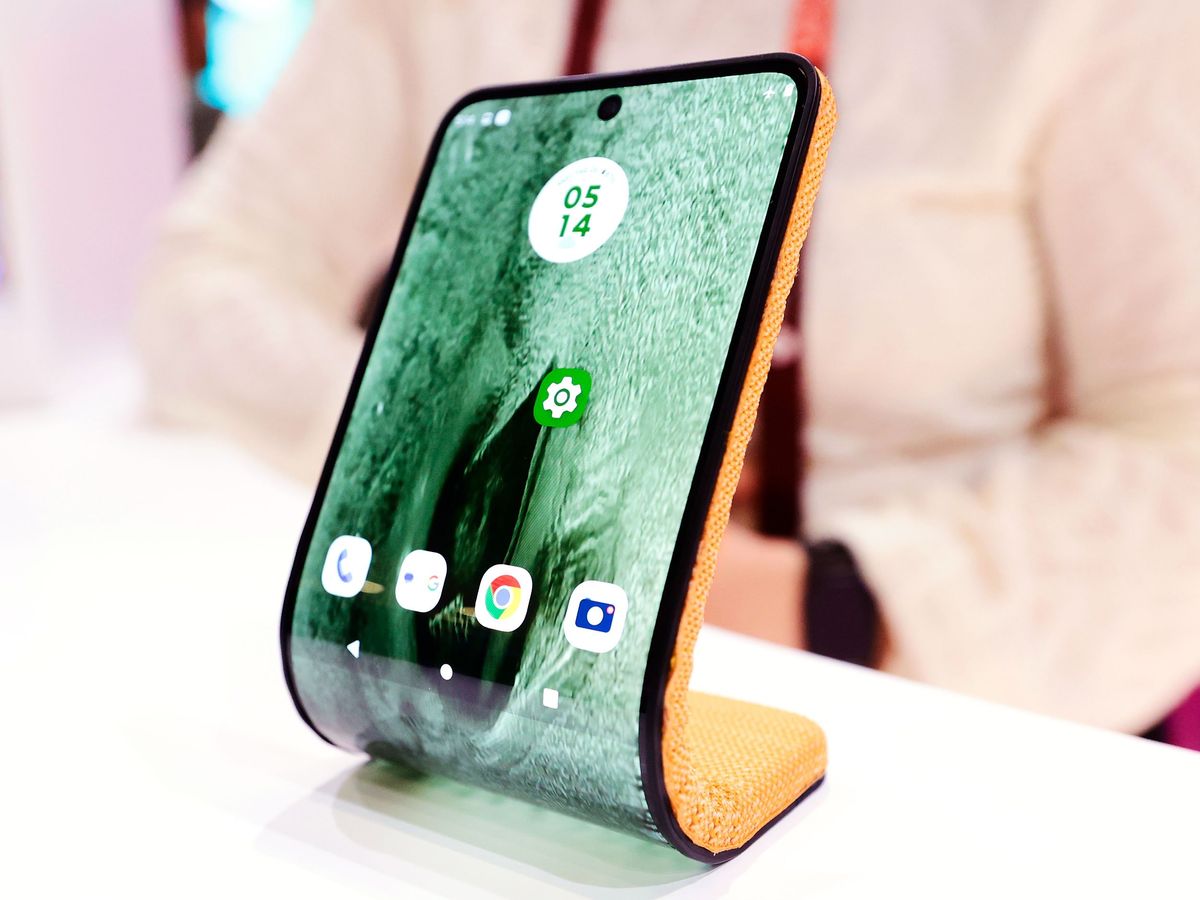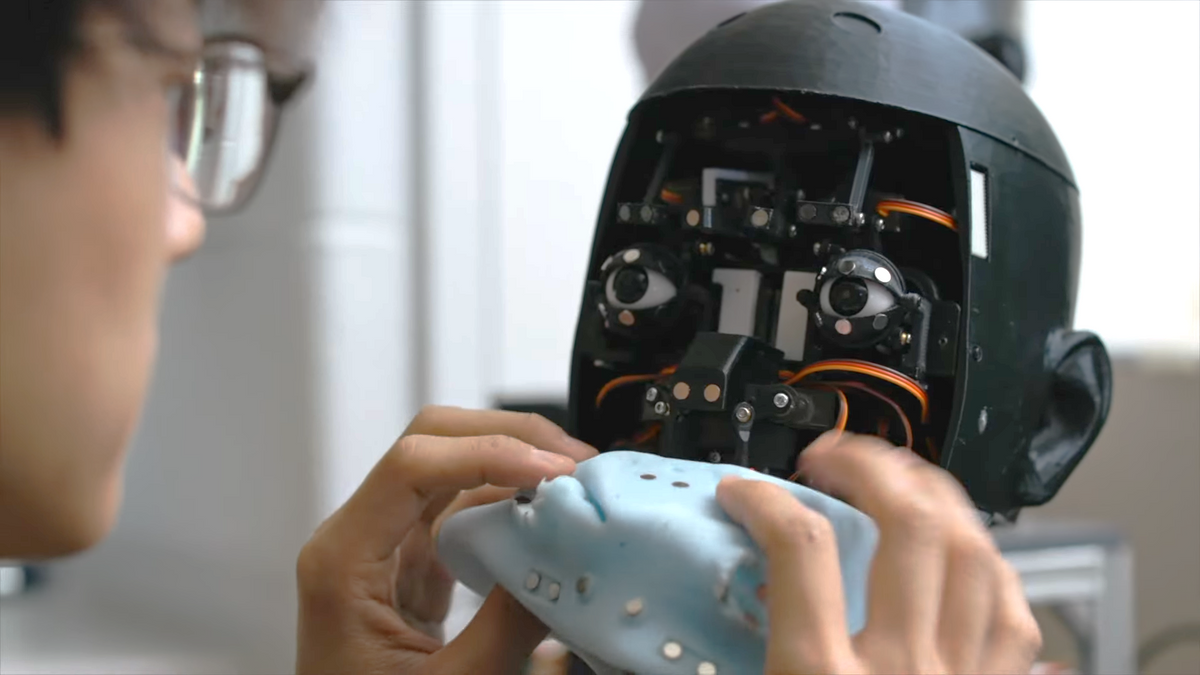And some technologies represent what seem to be real trends.
First, mobile security. In the mobile world, several entrepreneurs and panelists at Demo pointed out, security is not just about protecting devices from “evil” software like viruses, but it’s also about protecting devices from otherwise law-abiding software that has a tendency to overshare (a lot of people have that issue, but I digress). Startup TrustGo’s Jeff Becker says that TrustGo’s software not only scans for malicious applications, but also scans for legitimate applications that are doing things that you might not want them to do, like a popular Flashlight application that tracks the user’s location and collects personal data.
Zimperium’s founders, meanwhile, warned Demo attendees that normal antivirus software doesn’t work on phones, because evil applications can actually take control of the antivirus software by giving themselves higher privileges on the mobile devices than the antivirus software itself. The Zimperium folks set out to prove this by hijacking smart phones at the conference and sending their browsers to a warning website. (I was using a fairly dumb phone at the conference that wasn’t vulnerable to this hijacking.)
Next, 3D, or at least more than 2D, if not actual 3D. We’ve gotten used to cameras on all our mobile devices, now companies are thinking using software to expand smartphone photos into another dimension. Arqball Spin’s app takes a series of photographs of any object rotating on a turntable, then knits the photographs into a 3D image; the main use, the company thinks, will be product shots, but I’m sure people will find more interesting things to do with it.
Arqball used what I’ll call 3-D looking in—a camera pointing at a single object, with the object rotating. Also at Demo Spring 2012 was TourWrist. Tourwrist is doing what I’ll call 3-D looking out—you point the smart device out into the world and rotate, photographing everything around you. Share the image, and your friend has to lift his mobile device up and spin around to see the entire image; the sensors in the mobile device help identify which way he’s pointing. (Yes, a bit hard to understand, so below is a little video I took while I tried it out.) TourWrist thinks this software is going to be big for virtual lookie-loo-ing in the real estate business, as well as for travel and tourism and just plain amateur photography. The app, right now, is free. (I wasn't the only one who liked this one; TourWrist won the Demo People's Choice award, a million dollars in services.)
Both these applications, said investor Bill Gurley from Benchmark Capital, are a wakeup call to the camera industry which, to date, does not allow third party developers to build applications for their devices. They’re going to have to open up SLRs and pocket cameras to third parties to compete with smart phone cameras, Gurley said.
Finally, Demo Spring companies clamored to introduce health and fitness applications—even though many are already on the market. Edamon is a search engine for recipes—ho hum, right? Doesn’t the world have enough search engines? Edamon’s version was (no surprise) optimized for mobile use; but it also gives nutritional details for each recipe; these aren’t always available on the main recipe search sites and can be difficult to calculate on your own. Edamon’s app can also screen recipes by dietary restrictions. NeedToEat also does recipe searches and can screen for special diets (gluten free, lactose free, etc), it includes goal setting and tracks progress towards weight goals (I’m sure I’ve seen this before, though perhaps not bundled with recipe search). It seems like everyone these days is on a special diet, so these apps may have something.
Bodymedia demonstrated an activity tracking device; I’d seen it at CES, and thought its large monitor attached to an armband was too clunky. However, the company is now launching a much less cumbersome under-$20 disposable patch that monitors health data for a week; I’ll be looking forward to testing that patch later this year.
Follow me on Twitter @TeklaPerry.
Tekla S. Perry is a senior editor at IEEE Spectrum. Based in Palo Alto, Calif., she's been covering the people, companies, and technology that make Silicon Valley a special place for more than 40 years. An IEEE member, she holds a bachelor's degree in journalism from Michigan State University.




